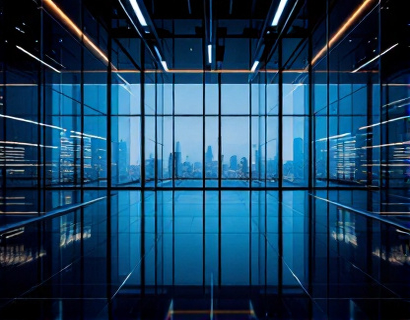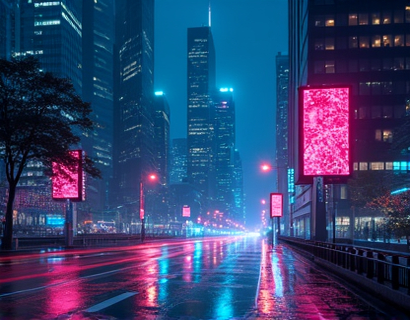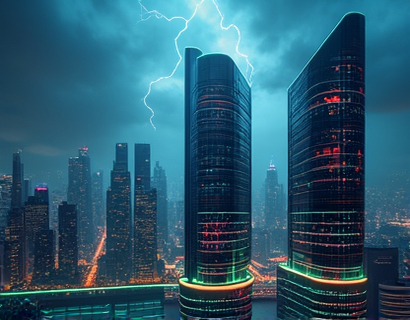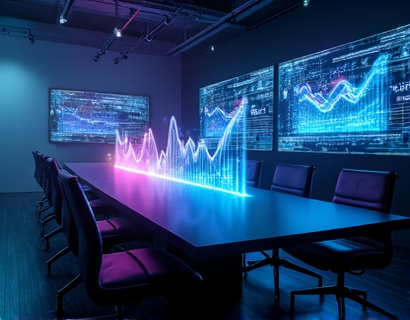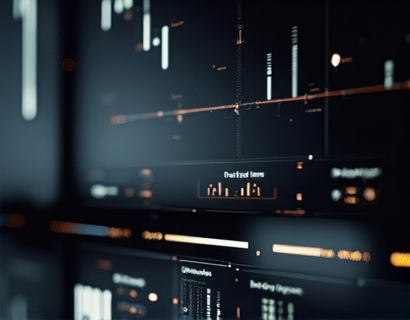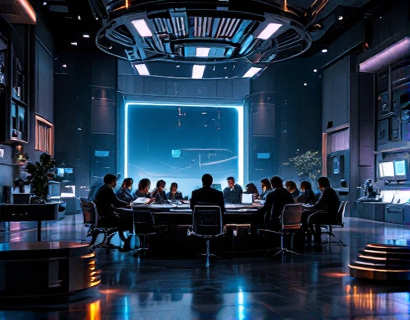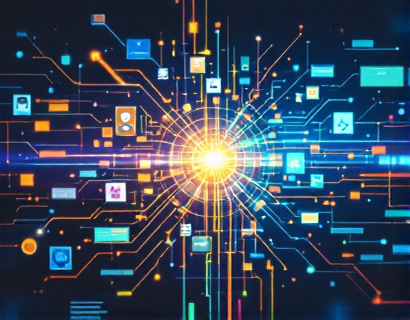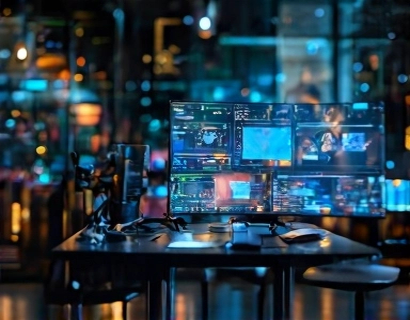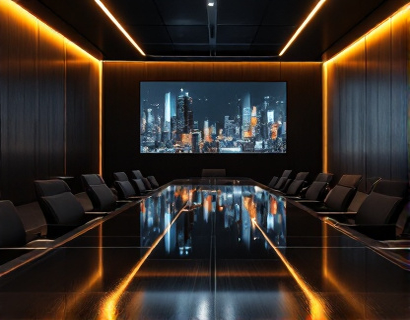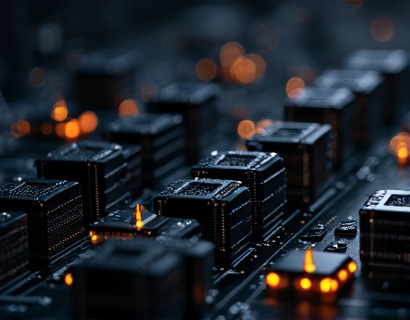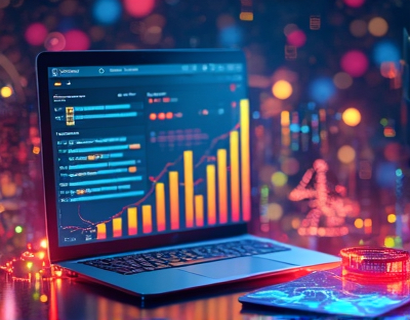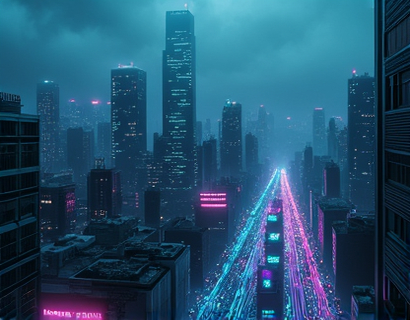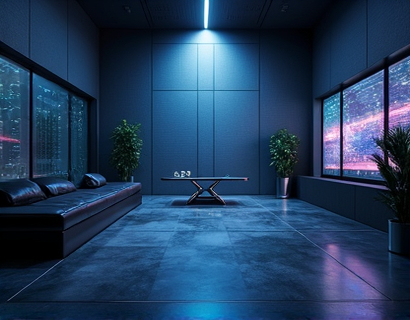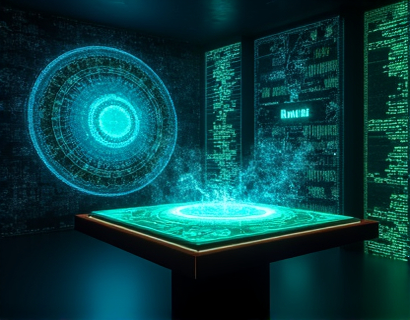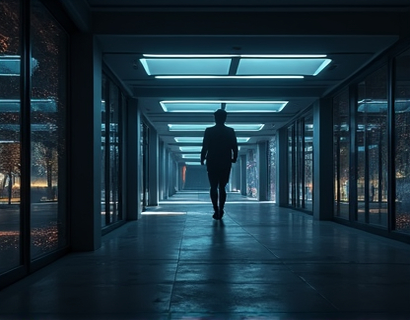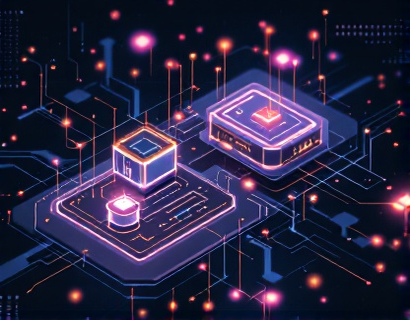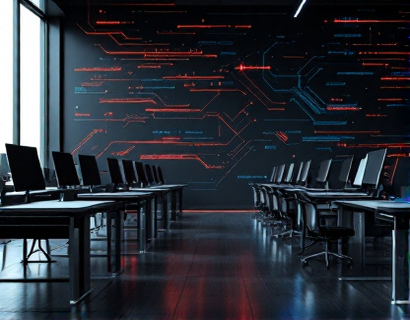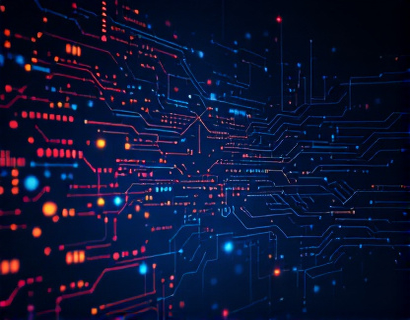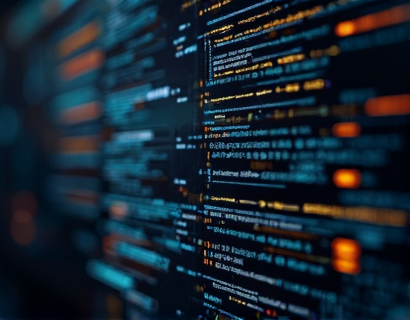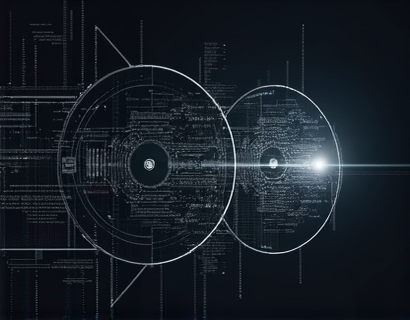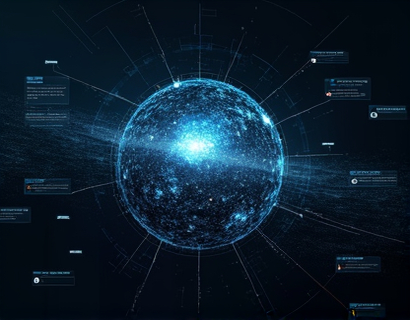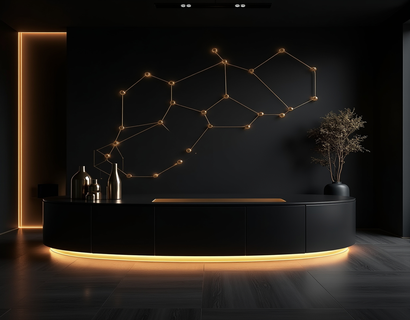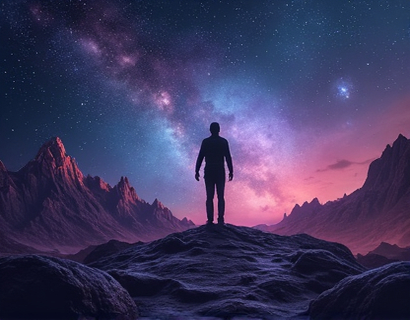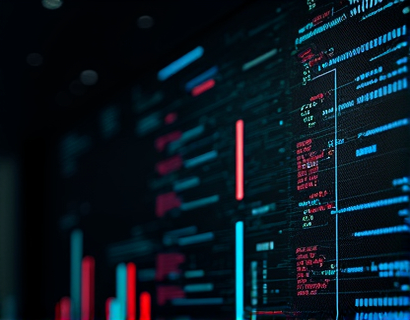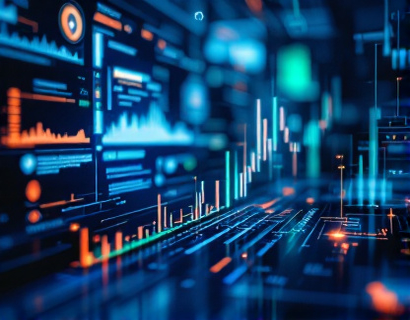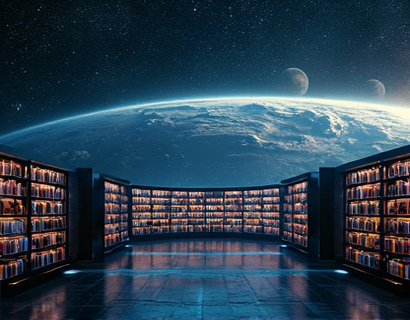AI-Powered Graphic Creation: Unleashing Creativity with Intelligent Online Design Tools
The integration of artificial intelligence in graphic design has revolutionized the way creative professionals and enthusiasts approach visual content creation. This innovative technology has made it possible to transform abstract ideas into professional-quality graphics with unprecedented ease and speed. The advent of AI-powered online design tools has democratized graphic design, making advanced design capabilities accessible to a broader audience, including those without extensive design training or experience.
These intelligent tools leverage machine learning algorithms to understand and interpret user inputs, generating high-quality visuals that meet professional standards. Whether you are a graphic designer, marketing professional, small business owner, social media manager, content creator, entrepreneur, freelancer, educator, or creative hobbyist, AI-powered graphic creation tools offer a versatile solution to enhance your visual content. This article delves into the capabilities and benefits of these tools, exploring how they are simplifying the design process and empowering users to create stunning graphics with just a few clicks.
Understanding AI-Powered Graphic Design
AI-powered graphic design tools use a combination of natural language processing, computer vision, and machine learning to create visual content. These tools can interpret text descriptions, images, and even existing designs to generate new graphics that align with the user's vision. The technology is trained on vast datasets of design elements, styles, and trends, allowing it to produce results that are not only aesthetically pleasing but also contextually relevant.
The process begins with the user providing input, which can be a simple text description of the desired graphic, an image reference, or a sketch. The AI engine processes this input, analyzing the key elements such as color schemes, typography, and composition. It then generates a design that incorporates these elements, often offering multiple variations for the user to choose from. This streamlined process eliminates the need for extensive design knowledge or software proficiency, making high-quality graphic creation accessible to everyone.
Benefits of AI-Powered Graphic Design Tools
One of the most significant advantages of AI-powered graphic design tools is the time and cost savings they offer. Traditional graphic design processes can be time-consuming and expensive, especially when hiring professional designers. With these tools, users can create professional-looking graphics in a fraction of the time, reducing the need for external resources and lowering overall costs. This efficiency is particularly beneficial for small businesses and startups with limited budgets and tight deadlines.
Another key benefit is the democratization of design. Users without formal design training can now produce high-quality visuals that enhance their brand's presence and communication. This level of accessibility fosters creativity and innovation, allowing a wider range of voices and ideas to be expressed through visual content. For content creators and marketers, this means more diverse and engaging visual materials to captivate their audience.
User-Friendly Interfaces and Customization Options
AI-powered graphic design tools are designed with user experience in mind. The interfaces are intuitive and easy to navigate, guiding users through the design process step by step. Most tools provide a drag-and-drop interface, allowing users to upload images, add text, and adjust design elements with simple gestures. This user-friendly approach ensures that even those with minimal technical skills can create sophisticated graphics.
Customization is another critical feature of these tools. Users can tailor the generated designs to match their specific needs and brand identities. Parameters such as color palettes, font styles, and layout options can be adjusted to ensure the final product aligns perfectly with the user's vision. Some tools also offer advanced features like layer editing and export options, giving users greater control over the final output.
Applications Across Various Industries
The versatility of AI-powered graphic design tools makes them applicable across a wide range of industries and use cases. For businesses, these tools can be used to create professional logos, social media posts, marketing materials, and website banners. Social media managers can quickly generate eye-catching content to engage their followers, while marketers can produce compelling ads and promotional materials.
For content creators and bloggers, these tools can enhance the visual appeal of articles and blog posts with custom infographics, thumbnails, and social media graphics. Educators can use the tools to create engaging lesson materials, presentations, and visual aids. Small business owners can develop consistent and professional branding elements, from business cards to packaging designs.
Freelancers and entrepreneurs can leverage these tools to offer graphic design services to clients, even if they lack extensive design experience. The ability to produce high-quality graphics quickly and efficiently opens up new opportunities for these professionals to expand their service offerings and attract more clients.
Enhancing Creativity and Collaboration
AI-powered graphic design tools not only streamline the design process but also enhance creativity. The instant feedback and multiple design variations allow users to experiment with different styles and ideas without the fear of making mistakes. This iterative process encourages creative exploration and can lead to unexpected and innovative design solutions.
Collaboration is another area where these tools excel. Multiple users can work on the same project simultaneously, with real-time updates and feedback. This collaborative approach is particularly beneficial for teams and remote working environments, fostering better communication and more efficient project management.
Challenges and Considerations
While AI-powered graphic design tools offer numerous benefits, there are also some challenges and considerations to keep in mind. One potential issue is the quality and uniqueness of the generated designs. While the technology has advanced significantly, there is still a risk of producing designs that lack originality or may resemble existing works too closely. Users should be mindful of copyright and intellectual property issues, especially when using generated designs for commercial purposes.
Another consideration is the learning curve associated with adopting new technology. Although these tools are designed to be user-friendly, some users may still require a period of adjustment to fully leverage their capabilities. Providing comprehensive tutorials and support resources can help mitigate this challenge.
Future Trends and Developments
The field of AI-powered graphic design is rapidly evolving, with ongoing advancements in machine learning and computer vision. Future developments are likely to include even more sophisticated design capabilities, such as real-time collaboration with AI assistants, advanced text-to-image generation, and more intuitive user interfaces.
Integration with other creative tools and platforms, such as video editing software and 3D modeling tools, is also on the horizon. This integration will enable a more seamless and comprehensive creative workflow, allowing users to produce a wider range of multimedia content with ease.
Conclusion
AI-powered graphic design tools are transforming the way we create visual content, making professional-quality design accessible to everyone. These intelligent online design tools offer a powerful combination of ease of use, customization, and creativity, benefiting a diverse range of users across various industries. As the technology continues to advance, we can expect even more innovative features and applications, further enhancing the creative potential of users worldwide.



